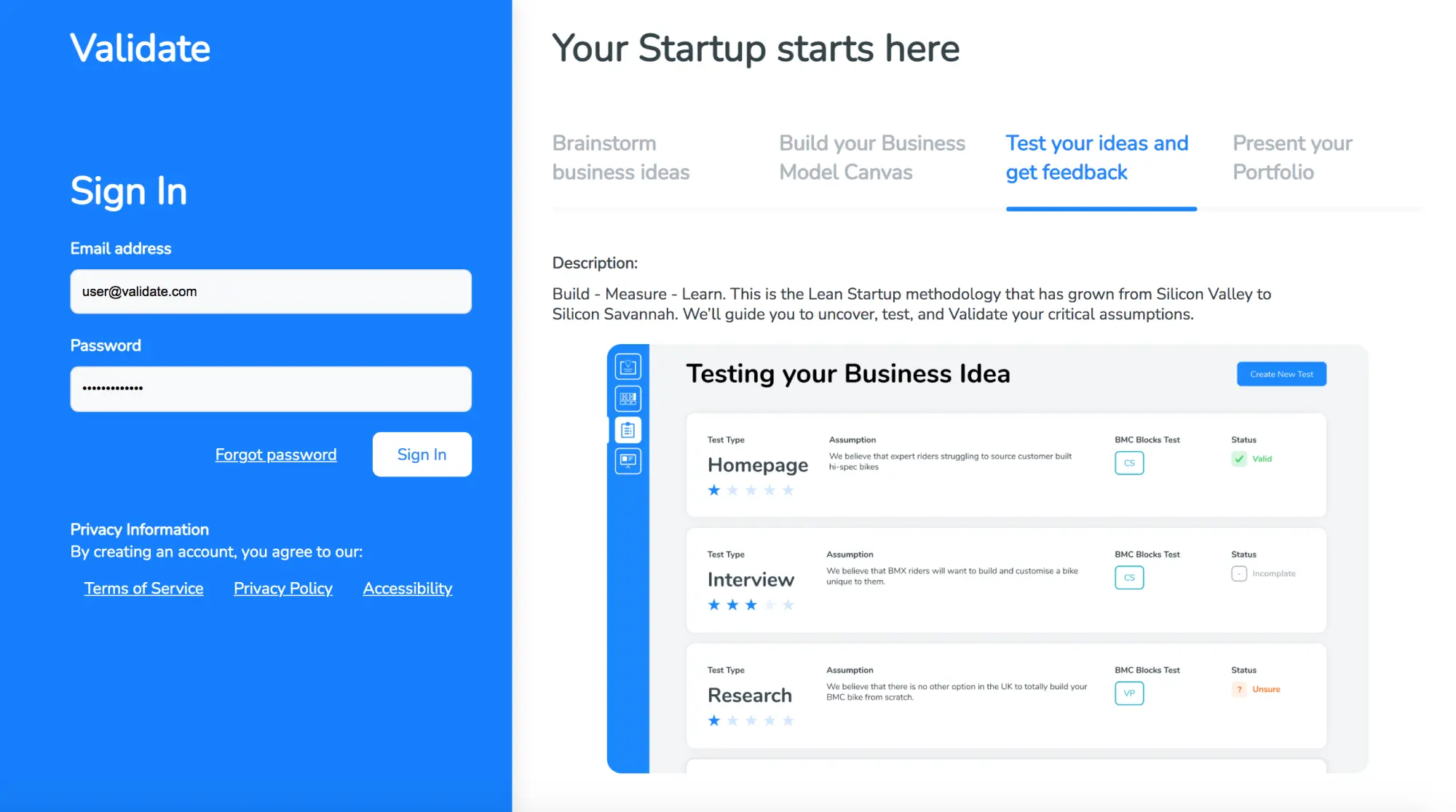Business Idea: How to find one that works
How to develop a viable business idea
To develop a viable business idea, start-ups must complete robust customer and competitor research so they understand the gap in the market they are looking to fill.
Millions of people have business ideas daily but only a microscopic minority of ideas see the light of day. Whether you’ve had one idea or fifty, how do you know what idea to run with and what constitutes a sound business idea?
Once you can answer these two questions with confidence, you are far better equipped to develop a viable business idea and then look to make it work.

How to generate a business idea
Generating a business idea requires entrepreneurs to tune into real, everyday problems. It also requires entrepreneurs to be creative in their thought process. Generating and honing good business ideas is the result of getting out of the building and paying attention to people and life.
Problems are often encountered when existing solutions don’t work well or don’t exist. When you discover a specific problem, it’s important to investigate it further to find out whether other people encounter the problem too.
If you discover that you’re the only person who experiences this particular challenge, it’s unlikely that there would be a market willing to pay money for a possible solution. In this case, it would be best to go back to the drawing board and find another problem to solve.
When you do find a problem, also don’t assume that this will result in a start-up opportunity. As Diana Kander says in the Startup Survival Podcast, plastic bagging dog poop is a problem. However, would people actually pay money for a solution like a dog-wearing ‘pooper scooper’ harness or similar?
Once you have found a viable problem to solve, the next step is to ideate solutions to this problem. Ideation is a creative process of generating, developing, and communicating new ideas. The key here is to develop multiple potential solutions to your chosen problem so these can be tested with your target market. At this stage, it is extremely important to keep an open mind and welcome criticism and thematic variations.

How to turn your idea into a business plan
To turn any idea into a business plan you must test your assumptions and complete research with the right people. For example, if you discovered a new item of clothing for football fans, only talk to football fans.
Through your research you should be able to find out the following:
- Your target market
- The value you create in comparison to your competitors
- How much people will pay
- How people will access and buy your product or service
- Your financial forecasts
Expect resistance and critical feedback. Embrace and use reactions to pivot thinking and build a plan.
To help you plan, the Business Model Canvas makes sense of all collected information. Unlike a traditional linear business plan, a BMC allows you to map out the data you collect and see the gaps in your research and thinking. It also allows you to think through your overall business model in a simplified way and requires you to think about the following nine business areas and questions:
- Key partners: Who do you need to work with and what are they supplying?
- Key activities: What key activities do you need to undertake that are necessary to deliver your value proposition?
- Key resources: What key resources are required to deliver your value proposition? This could include physical, intellectual and human resources.
- Value proposition: What value are you providing to customers? What problem are you solving for them?
- Customer relationships: What type of relationships do you need to establish with each of your customer segments and how will they be maintained?
- Channels: How will you reach your customer segments and what channels will you use?
- Customer segments: Who does your business create value for?
- Cost structure: What are the most important costs for the business?
- Revenue streams: How much are your customers willing to pay for your product or service and how often will they buy?
By completing a Business Model Canvas you can think through your business model, which will help you validate your business idea. It also provides a visual representation that you can share with partners and potential investors.
How to test your idea
To test your business idea, you must test your hypotheses and assumptions. Hypotheses or assumptions underpin all plans. A strong plan will demonstrate clearly how these assumptions have been tested and this process is the most important and challenging aspect of developing any idea.
To find out how a target market will respond to your product or service, examine people who are in that target market. By simply researching this target demographic by asking the right questions and listening, you will learn a lot about the viability of your product or service including:
- Whether they would buy your product or service
- How much they would pay for your product or service
- How often or how much of your product or service they would buy
Remember this is simply a research exercise, not a sales pitch. The goal is to learn as much as you possibly can to determine whether your business idea has potential. The goal is not to sell to these people.
Questions are good but customer experiments are better. By observing how people respond and react to your prototype you receive clear and honest feedback.
However, if you don’t like the feedback, don’t let your emotional ownership of the idea override what you are experiencing.
If necessary, run more tests but always be as lean as possible. The lean start-up is agile in their work and flexible in their thinking.

How SimVenture Validate can help you
SimVenture Validate can help aspiring entrepreneurs, enterprise educators and business students make the business ideation and planning process simple, enjoyable and rewarding.
SimVenture Validate is a popular and highly user-friendly online business planning tool that prompts and supports people all the way through the planning process. Ultimately, users create a comprehensive Business Model Canvas and plan that is easy to follow, understand and share.
By offering questions, tools and case studies, SimVenture Validate provides critical support thinking and structure, which means users always know what to do next.
Using a visually attractive user-interface, thousands of users studying in education and working within organisations use SimVenture Validate to support their business planning process.
Discover how SimVenture Validate can help you by exploring the platform’s features. Teachers and trainers can also request a free demo and evaluation copy of the software.


